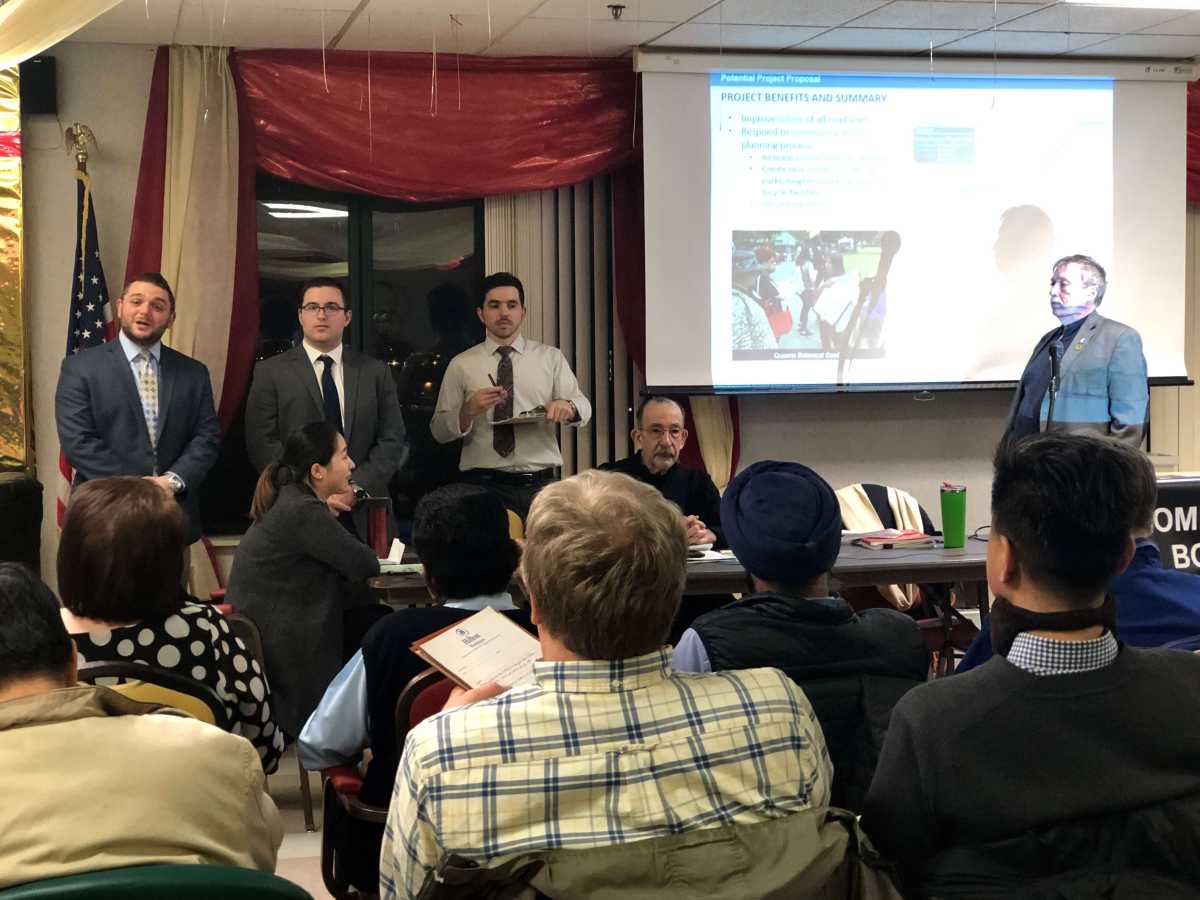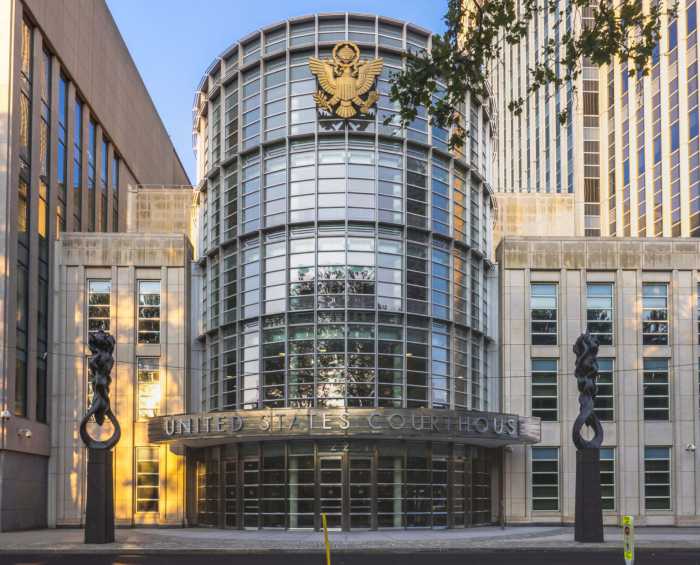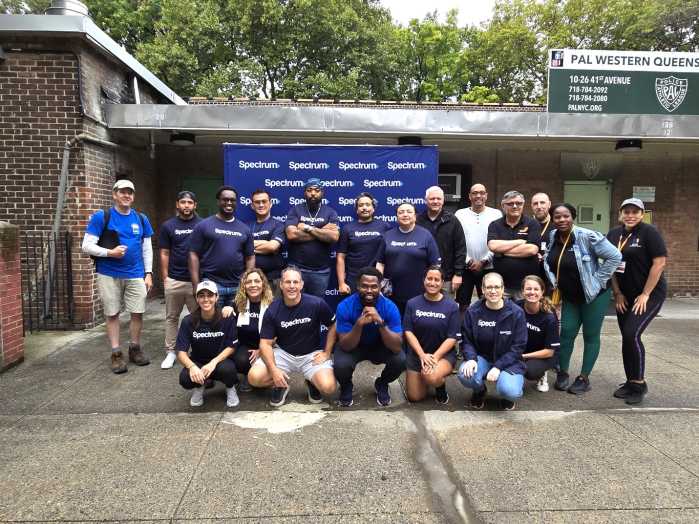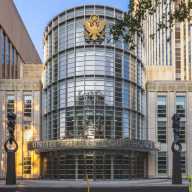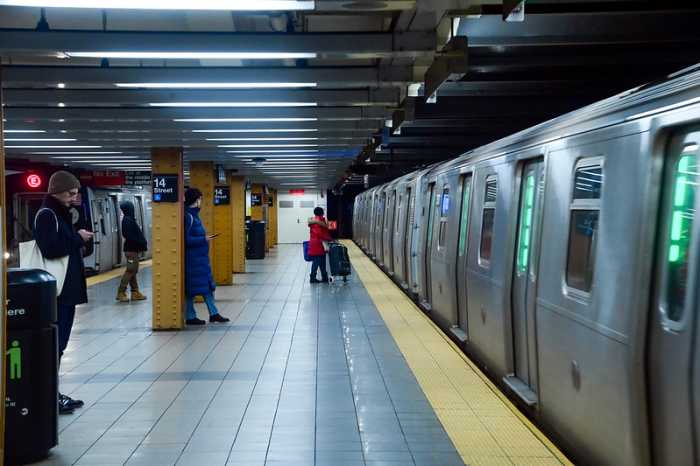Community Board 7 members didn’t seem convinced Monday night of a proposed Flushing bike lane network presented by Department of Transportation (DOT) officials, whose goal is to improve bicycling conditions in the community.
Approximately 50 board members and residents listened to DOT officials as they explained their Bicycle and Greenway Project proposal a part of the city’s Vision Zero initiative on March 11 at Union Care Plaza located at 33-23 Union St. in Flushing.
There are a lot of pedestrian injuries and fatalities in the community that should not be happening and are preventable,” said Michael Pedron, DOT project manager of the Bicycle and Greenway Program. ”We want to create safe places for folks to ride in the neighborhood.”
The DOT project proposal aims to improve the safety of all road users; respond to community-driven planning process; increase bicycle network coverage; and create new connections to jobs, parks, neighborhoods and existing bicycle facilities. The proposal will not impact parking or cause the removal of lanes from streets.
The Queens community district 7 existing bike network has low coverage with a number of greenways along the edges of the community, yet there are few connections on the streets that allow people to access parks and other facilities, according to the DOT.
“One of the reasons that this is a condition is that Flushing is a tight grid and there’s a lot of different orientations of the street network that make it kind of difficult to establish these group connections,” said Pedron. “What we have now is an opportunity to make those connections and bring folks to those surrounding parts.”
Pedron added, “The new bike route includes Willets Point Boulevard, north/south of Parsons and Union as a pair, an east/west pair on Sanford and Cherry on 43rd Avenue with additional connections on Kissena Boulevard and Queens Borough Hill on 59th and 60th avenues.”
The DOT has been conducting community outreach events since 2015 with the Department of Health and Mental Hygiene’s “Building Healthy Communities,” where they’ve received requests from residents for bike lanes, said Pedron.
Overall, Pedron said, the community has requested direct bike routes between major destinations such as downtown Flushing, parks/greenways, transit, more bike parking, but no impact to buses, parking or congestion.
However, CB 7 member Kim Ohanian, opposed the proposal arguing that a bike lane will lead to more deaths and fatalities.
“I’m sorry but I cannot and will not ever support this plan, you’re planning on putting a bike lane on my street in front of my house,” said Ohanian, who lives on 59th Avenue off of Main Street. “You can’t be serious with all of the truck traffic and parking that the hospital needs because they park all over our neighborhood … how in God’s name do you think this will work without somebody getting killed?”
Other board members brought up concerns of narrow streets, drivers ignoring bike lane pavement markings, and enforcement on cyclists who don’t obey rules of the road.
“Automobiles have to carry insurance, what about the bicycles that crash into automobiles they don’t carry insurance … who’s responsible then? Is my insurance company going to have to pay for the bicycle?” said Kim Cody.
But DOT officials said enforcement of cyclists receiving tickets have increased.
“Everyone needs to obey the rules of the road, and when it comes to a plan like this it doesn’t affect travel plans, doesn’t affect parking, but it provides a predictable place for cyclists to be. It helps everyone follow the rules of the road. It helps drivers, pedestrians, and cyclists,” according to the DOT.
The DOT plans on continuing its community outreach throughout the rest of the year. They’re hoping to implement a combination of a shared and conventional lane on 30-feet wide streets, that will both alert drivers to watch for bikes, mark space to pass in lane, discourage speeding, and increase predictability.

